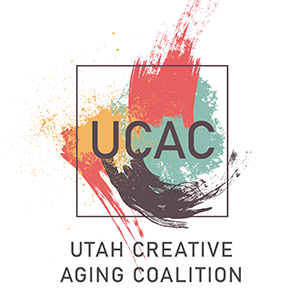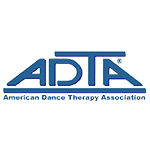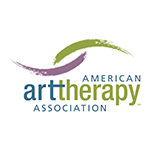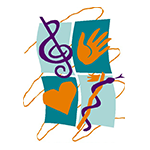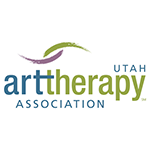Get involved!
View
Art is a great spectator activity! Attending theater, movies, art exhibits, poetry readings, storytelling events, or concerts are a great way to bring the benefits of art into aging
Do
![]()
In a historic 2006 study, Dr. Gene Cohen followed 300 older adults for two years as they either actively participated in creative arts programs or were members of a control group. Striking differences occurred between the two groups.
Health Challenges
Participation in the arts have been shown to be an innovative and effective way to
help those living with health challenges. Along with programs that promote creative
expression, the Creative Arts Therapies (Art, Music, Dance/Movement, Drama Therapies)
provide trained therapists who are experts in using the arts in meeting the clinical
needs of those living with
challenging health conditions.
As people age, health issues tend to increase. Approximately 85% of older adults have at least one chronic health condition and 72% have at least two chronic health conditions (NIH, 2019). Chronic illness and mental health have a cyclical relationship: chronic illness often impacts one’s mental health, and poor mental health often contributes to chronic illness. Engaging in creativity has been shown to have a positive influence on both fronts, making it an effective approach to holistic health.
With the challenges in cognition that come with dementia, it is often found that the arts remain accessible in many ways, bringing a sense of control, creativity, success, communication and interaction.
Parkinson’s disease brings a myriad of physical challenges, as well as emotional and cognition concerns. Research is strong for the effective use of the arts in combating some of the difficulties of Parkinson’s disease such as gait, vocal strength, balance, coordination and emotional support.
When neural pathways are damaged by brain injury such as stroke, the arts can offer alternative pathways to re-learn functional behavior. Speech, gait, range of motion, strength, coordination, right or left neglect are some of the concerns that are being addressed through the arts. In addition to these functional issues, the arts can provide the emotional support needed when dealing with challenges that come with stroke or any brain damage.
Caregivers
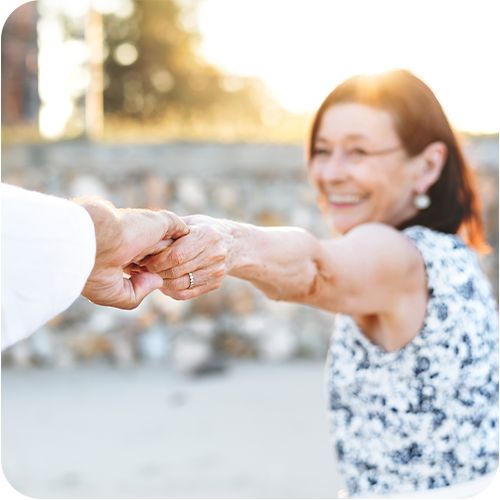
Long Term Care
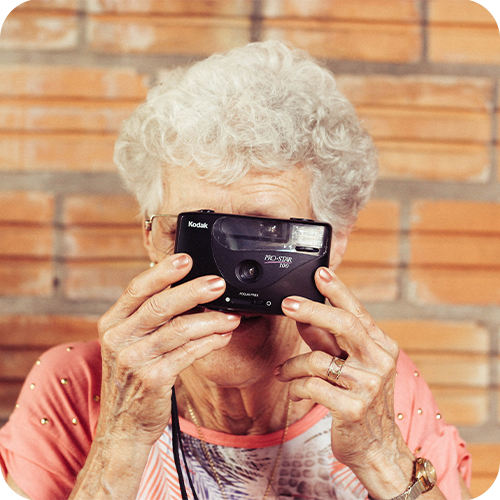
Therapy
 The creative arts therapies consist of art, music, dance/movement, drama, poetry and
psychodrama therapies. Each of these modalities are degreed and credentialed professions,
with qualified health professionals who are trained to deal with therapeutic work
and use the arts intentionally to achieve clinical goals. What is the difference between
an art activity that is therapeutic, and the creative arts therapies? In creative
engagement, the goal is to create art, and therapeutic consequences naturally follow.
In therapy, the goal is to address specific clinical needs, and therapists use targeted
and evidence based art interventions as tools to address those needs. How do you know
which you need?
The creative arts therapies consist of art, music, dance/movement, drama, poetry and
psychodrama therapies. Each of these modalities are degreed and credentialed professions,
with qualified health professionals who are trained to deal with therapeutic work
and use the arts intentionally to achieve clinical goals. What is the difference between
an art activity that is therapeutic, and the creative arts therapies? In creative
engagement, the goal is to create art, and therapeutic consequences naturally follow.
In therapy, the goal is to address specific clinical needs, and therapists use targeted
and evidence based art interventions as tools to address those needs. How do you know
which you need?
If you are looking to experience creative expression, and enjoy the therapeutic benefits that naturally follow, become involved in generalized creative activities. If you have specific problems that require the expertise of a trained therapist, seek out a creative arts therapist who is trained in the modality that you feel best fits your needs.
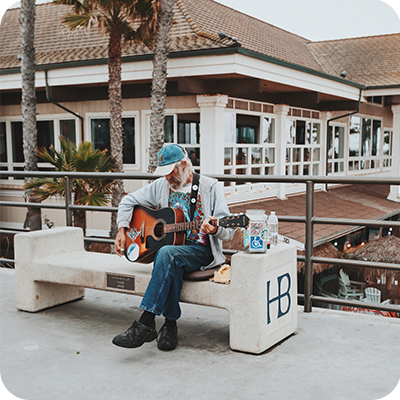
- Cuypers (2010) found that health, satisfaction, anxiety and depression in both receptive and creative art participation is enhanced. In their findings, females received more benefits from actively creating art, while males experienced more benefits from passively viewing art.
- Those who attend 10 or more live performances a year show a 23-31% slower cognitive decline (Rajan, 2016) than a control group.
- The Meet Me at MOMA program provides people in the early stages of Alzheimer’s Disease and their caregivers the opportunity to view art on a monthly basis, in small groups with a trained educator. Research on this project has shown that participants experience intellectual stimulation, shared experiences, social interaction and an accepting environment.
 Older adults may have more discretionary time
Older adults may have more discretionary time
- They tend to know their own mind better than the younger version of themselves
- Learning new skills increase self esteem and a sense of empowerment
- Learning new skills is a way to meet people.
- Learning expands who you are – it gives a way to express and explore who are and who you are on your way to becoming
- Cognitive reserve: “Making art or even viewing art causes the brain to continue to reshape, adapt, and restructure, thus expanding the potential to increase brain reserve capacity.” (Bagan “Aging: What’s art got to do with it?”) This cognitive reserve appears to help the mind continue to function even when physical signs of dementia are present.
- Physical benefits come from increased coordination and strengthening of muscles, maintaining or improving breath strength, and other physical benefits that are addressed in learning a new skill.
Partners in Therapy

